Budgeting is essentially the process of setting limits on what you’re going to spend money on and ensuring you stay within those limits. Every project, from renovations, marketing campaigns, research projects, etc., comes at a cost, either monetary, time, or any other input.
Many people and organizations use project budget templates to organize their finances and resources to ensure they’re staying within the constraints when executing projects.
A project is based on estimates compared with actual costs as the project continues to ensure the project is completed without costing more than it is benefiting. This aspect is one of the fundamental ways of determining project success. This article will educate you on effectively using project budget templates as a planning tool and creating one to help you stay within your budget.
What Is It?
It is a financial budget plan that details all the estimated costs, resources, and time for each item and action of a project from conception to completion. It allocates the available funds and resources to each project item, thus guaranteeing project deliverables will be produced as intended. Project managers often utilize it to monitor and control how finances are utilized for a specific project. A project budget template is a fillable document that contains all the fundamental items of the budget of any project.
Purpose
When running on a project, you must make projections. Projections estimate the costs of a project before it begins. This allows you to determine how much money, time, and resources you’ll need to complete your projects. Budget templates outline these projections to track the money and other resources used as the project progresses. This budget also communicates to stakeholders the total project cost needed for approval. Consequently, it is used as a decision-making tool to help determine whether the project budget has a viable ROI (return on investment).
Importance
Budgeting is a vital tool for projects of any kind. Some of the benefits of making a project budget include better management of resources since it gives a realistic idea of how much money is available for each activity, phase, and milestone. This helps the team prioritize activities that can be completed using the available resources, thus increasing the chances of success.
Additionally, it is used to track progress in terms of money and schedule to ensure project goals are achieved within the constraints offered by the investors or stakeholders. Also, it plans for unprecedented events, thus preventing delays due to such events. Finally, budgeting helps identify ways to optimize resources, such as multitasking in human resources or outsourcing labor to cut costs and save funds.
When and Who Can Use it?
Ordinarily, the budget is created at the project’s planning stage after defining the work required, identifying the project tasks through a work breakdown structure, and determining the timeframe using the project schedule. This way, you can identify what will be paid for by the money available.
This budget is created through collaborative efforts from the project stakeholders, project managers, team leaders, specialists, or other key personnel required to execute project tasks depending on the situation. Once finalized, the project budget becomes one of the vital administrative documents of the project manager.
The project manager oversees monitoring and controlling budget costs. However, contingent on the size and complexity of the project, the project can be assigned to different individuals such as the assistant project manager, project coordinator, or team leaders to oversee the implementation of the budget. Again, though, the project manager remains the highest authority in executing the budget. Team leaders implement their team’s budget. Stakeholders also use the project budget template to monitor the progress and, eventually, the project’s success.
Which Costs to Include in a Project Budget Template?
Despite the project differences in scope, deliverables, and tasks, most templates for making the budgets will have consistent cost items.
These basic costs are discussed below:
Direct costs
These are the expenses incurred by a project that directly arise from executing one or more project tasks, such as materials and equipment needed for constructing a house. Direct costs are easy to understand and form the most significant chunk of project costs.
Indirect costs
Otherwise known as overheads, these are the operating expenses incurred by the organization to manage a project and keep it running but which may not be directly related to a specific project activity. These costs include administrative expenses, legal, management consultants, communications, department overheads, and selling expenses. Examples of indirect costs are permits, salaries, insurance, attorney fees, advertising fees, lighting, stationery, etc.
Capital costs
These are expenses incurred due to the acquisition of assets. These are long-term assets used in future projects, such as cars, spare parts, or a project vehicle, buildings, or equipment. Capital costs are also incurred from repairing, upgrading, or improving existing assets. Capital costs are considered investments for any project.
Operating costs
Operating costs are related to the execution and completion of the project. These are expenses incurred as a result of performing tasks. Thus they may be made up of amounts directly or indirectly related to executing a work activity. However, they cannot be broken down into simple direct and indirect costs as they are incurred in-between inputs and outputs. As a result, operating costs do not translate into a tangible deliverable for a project or add value to the business. Still, they do facilitate conditions to make these two outcomes a reality. Operating costs include routine maintenance, fuel costs, delivery expenses, licensing, support fees, consumable costs, etc.
Deliverable costs
These are costs that directly relate to a deliverable. Deliverable costs are meant to provide the bottom line of a project. As a result, each project task can have its deliverable cost based on the end product produced. For example, the cost of developing or buying a software package that a project must implement as part of its deliverable. Deliverable costs do not vary regardless of who is in management.
Project management costs
These are costs incurred because of the execution of project management tasks, such as administration, research and development (R&D), marketing and advertising, organizing meetings with stakeholders and team members, inventory control, and planning company, examples of such costs include salaries of personnel like accountants, consultants, secretary, meeting costs, etc. These are costs that management incurs to ensure the project is completed.
How to Create a Project Budget?
There is no fixed procedure for creating a budget for any project. Each project manager or creator will often have a budgeting process that best suits their management style. Nevertheless, there are specific steps you can follow to create a project budget for your project.
They include:
Identify project scope
The initial step is defining the project scope, which identifies the project schedule, deliverables, and tasks. These steps will give you a clear view of what the project will produce, how long it will take to finish, and how much it will cost. Next, you can start with creating a detailed WBS – work breakdown structure – to denote all that needs to be paid for.
Define resources
Next, the project budget should identify and define resources. Resources include the project team and requirements to carry out their functions or perform their tasks. These include staff, machinery/equipment, raw materials, training, leases, subscriptions, and miscellaneous items. Defining project resources is crucial for costing out direct and indirect costs.
Understand the resources rate
Identifying the resources rate establishes a rate at which the resources identified will be obtained. Often this rate will be a function of time (per hour for labor, hour or day for equipment if leased) but can be one-off costs for resources such as equipment, supplies/raw materials, etc. Using the resource rate will give you an estimate of how much the utilization of each resource will cost. The average resource rate will typically be used for each category of resources.
Assign amounts
By this stage of creating the project budget, you ought to have a clear idea of all costs associated with the components of the project. You can then assign a budget amount for each budget item. Different items will require different techniques; for example, costing labor includes multiplying each resource’s asset rate by the time it will be utilized. To get accurate figures, use historical data, consult SMEs (subject matter experts) and suppliers to get estimates, and use arithmetic to determine amounts.
Build your budget
After project budget items are identified, all resource costs are estimated and assigned amounts; it is now time to build a project budget template. First, you should compile a list of all this information in the budget. Next, add a contingency fund to cushion for unforeseen events that cost money. This can be 10% of the total project budget amount. Finally, note down the assumptions made when making projections to finalize the budget. This is so that issues that arise from these assumptions can be identified since some assumptions may prove correct or incorrect. Also, add a timeline at the end.
Obtain approvals and implement
Once the project budget has been completed, have it reviewed by the team to identify errors and omissions to ensure it passes quality checks before taking it for approval from stakeholders. These are all organizations or individuals vested in seeing the project succeed. They include sponsors, customers/clients, and other concerned organizations/individuals that stand to benefit from your project’s success. Obtain feedback from the stakeholders and make adjustments if needed. Then, if approved, the project can be commenced.
Track spending
After approval, the project budget template can be used to track spending as the project goes on. The budget should be reviewed after intervals of days, weeks, or months depending on the complexity and timeline of the project. Also, budgets need to be updated regularly because the figures on each task may change with time. In this case, you should update the original budget using current data for each task or activity.
Project Budget Templates
Putting together a project budget is often long, confusing, and frustrating. As a result, most people find it difficult. Nonetheless, this doesn’t have to be the case. You can always use a project budget template. This website has provided templates for project budgets that you can download and use as a starting point for your budget! The templates are accessible on this website and can be personalized to cover the specific requirements of distinct projects. Using these templates will help save time and give you a better idea of how to structure a budget for any functional and all-encompassing project.
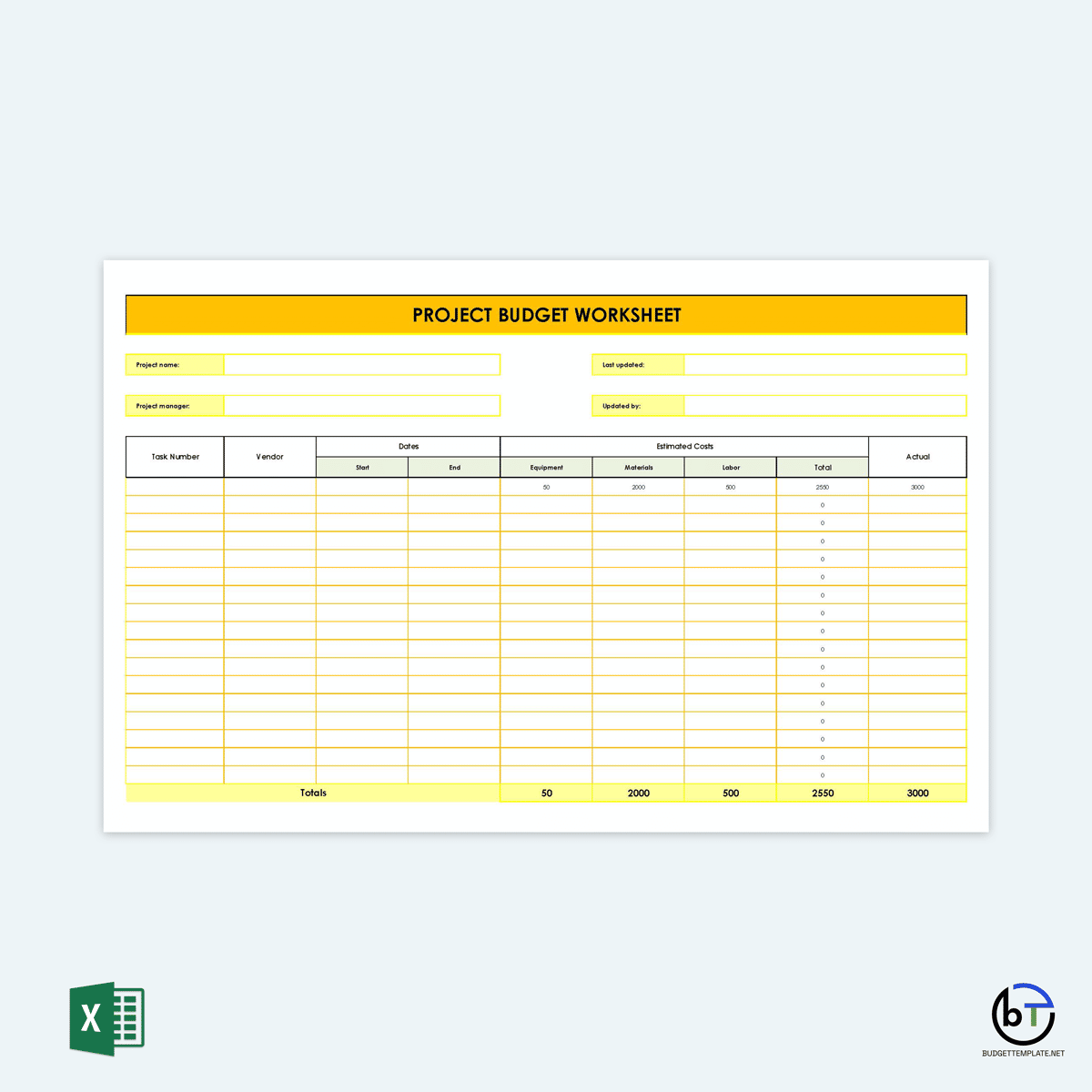
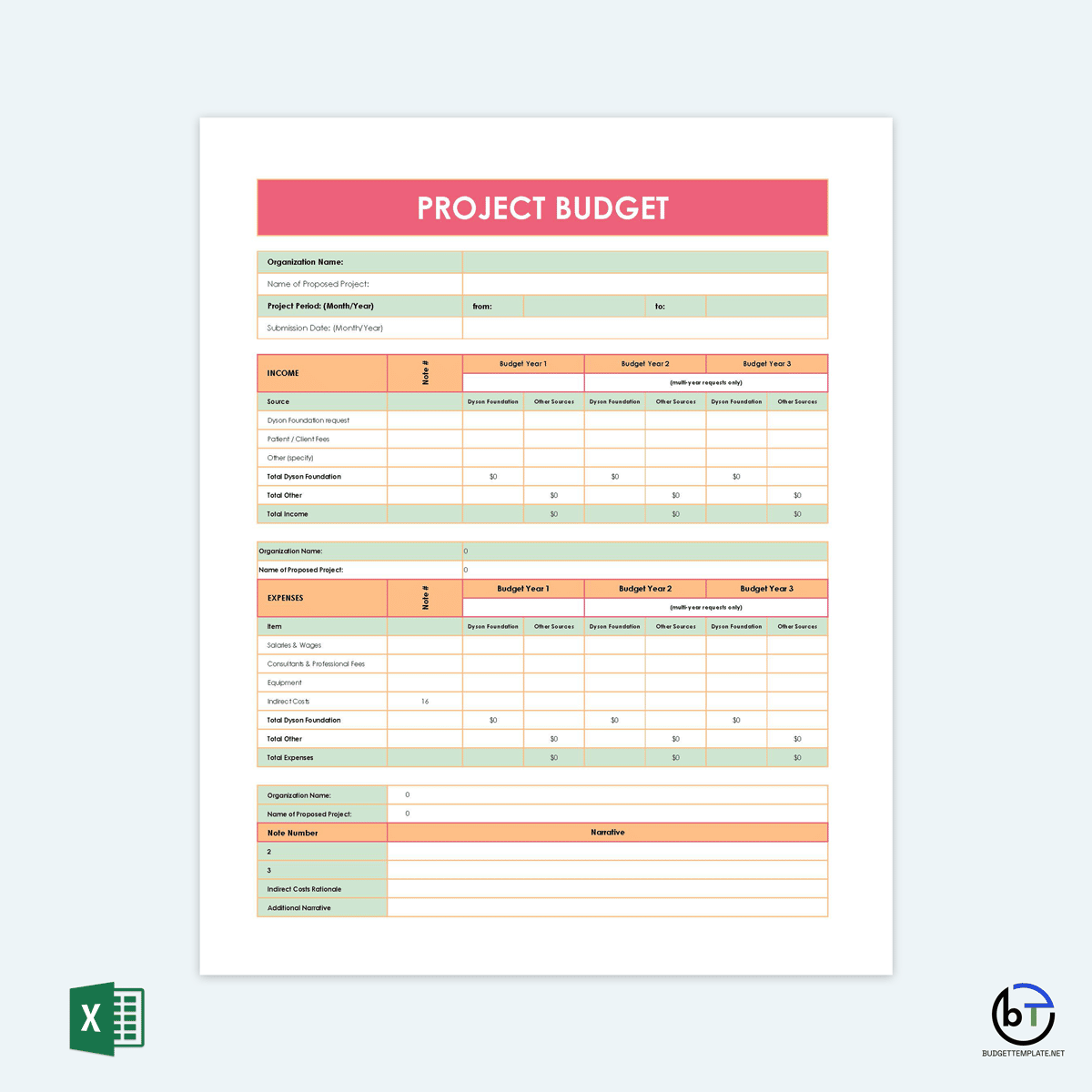
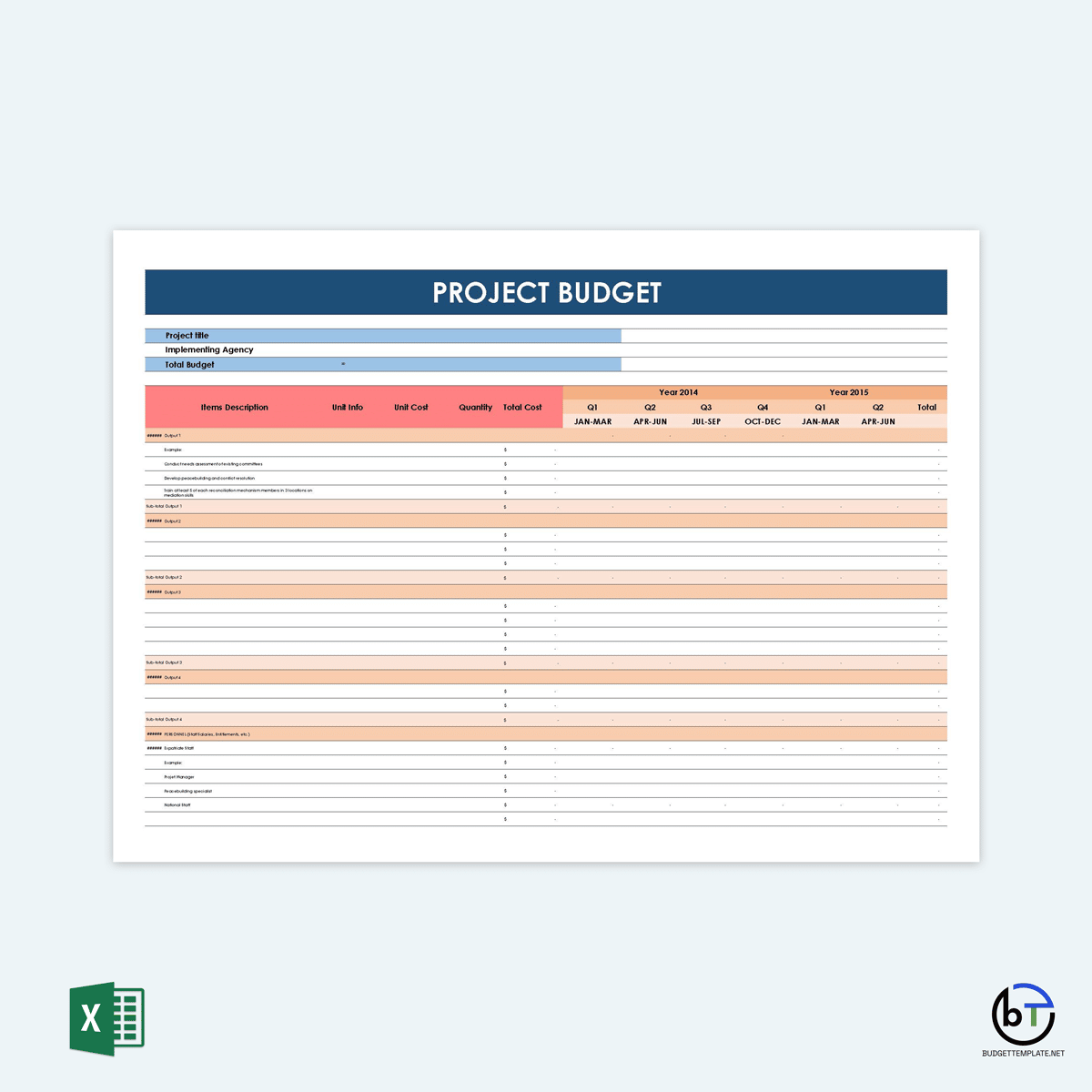
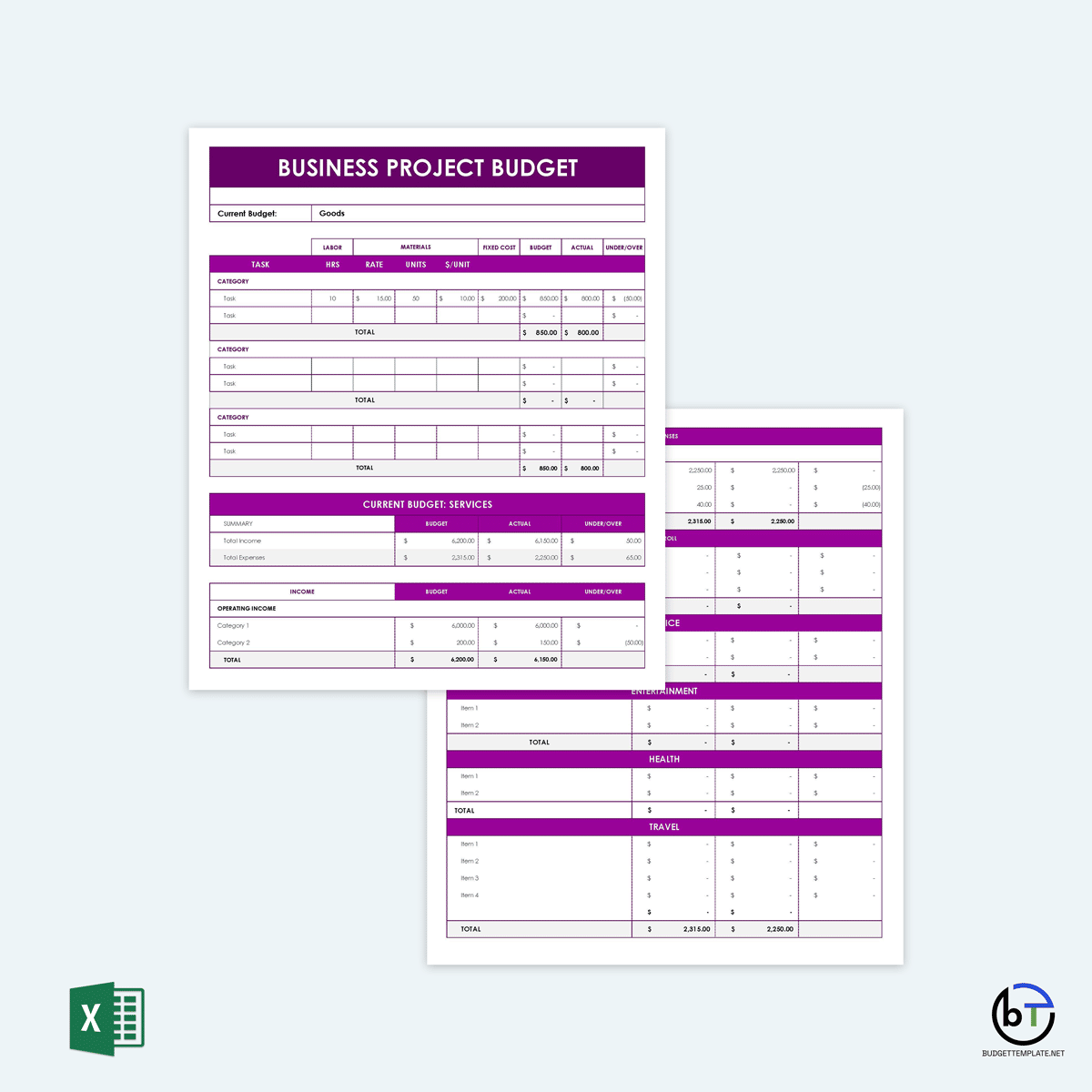
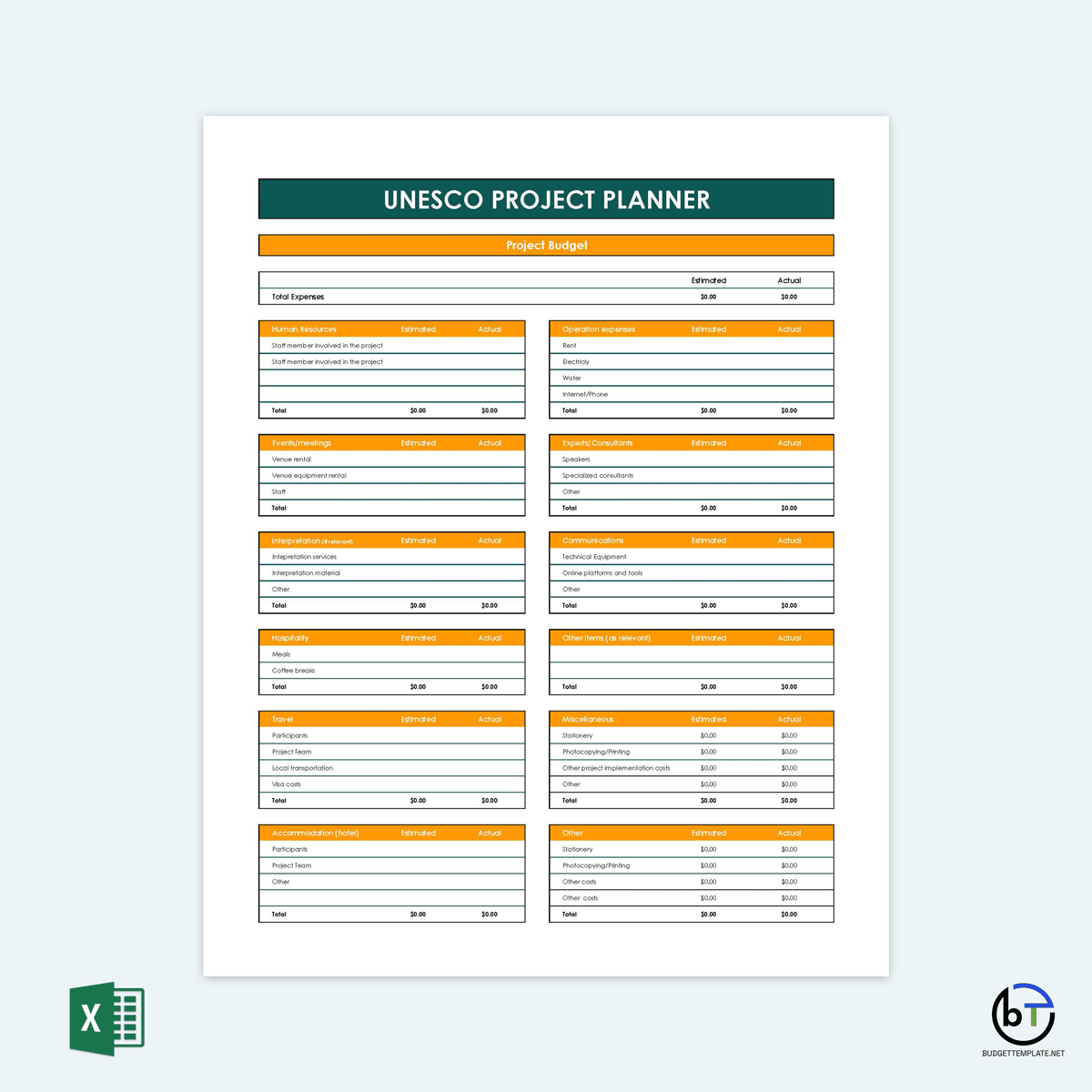
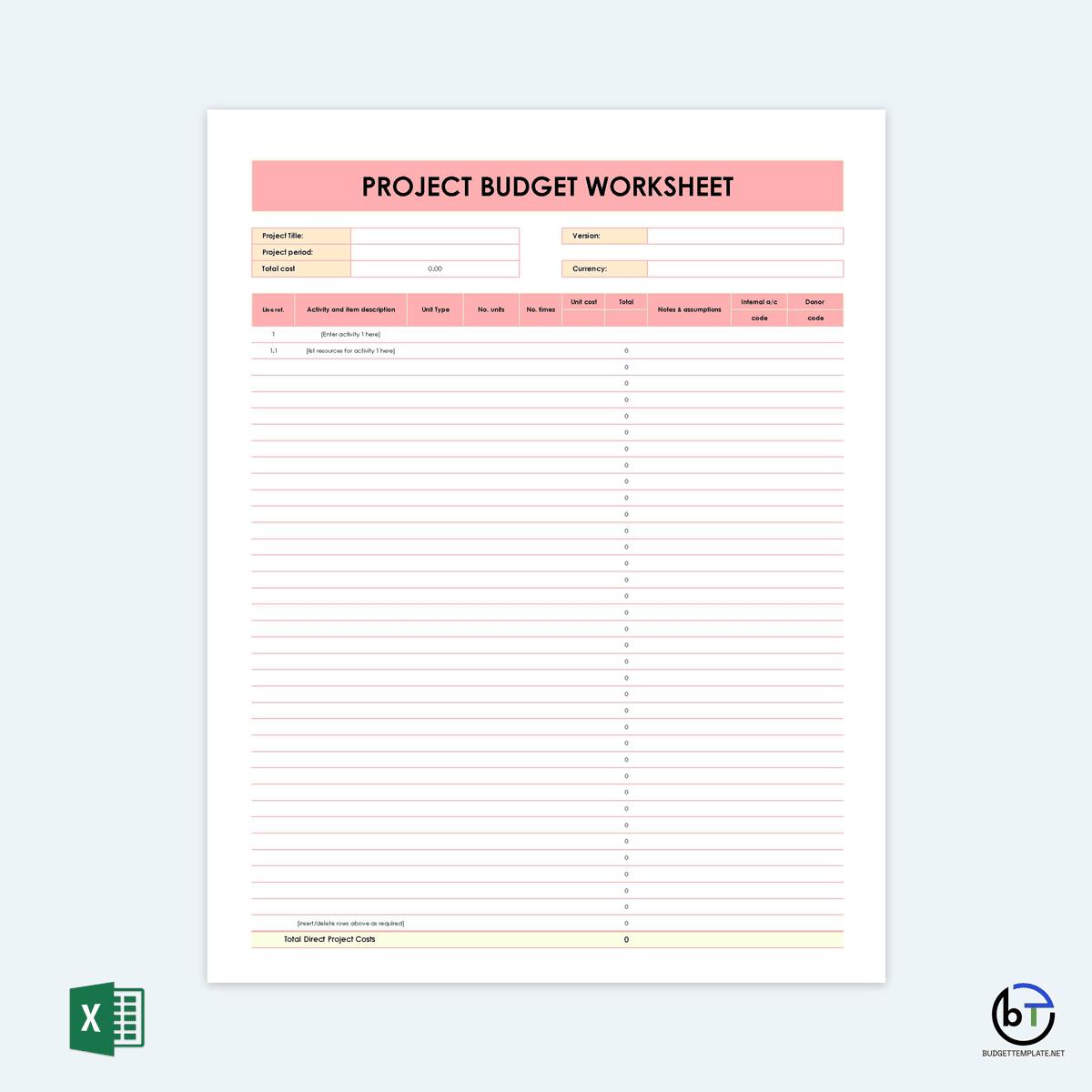
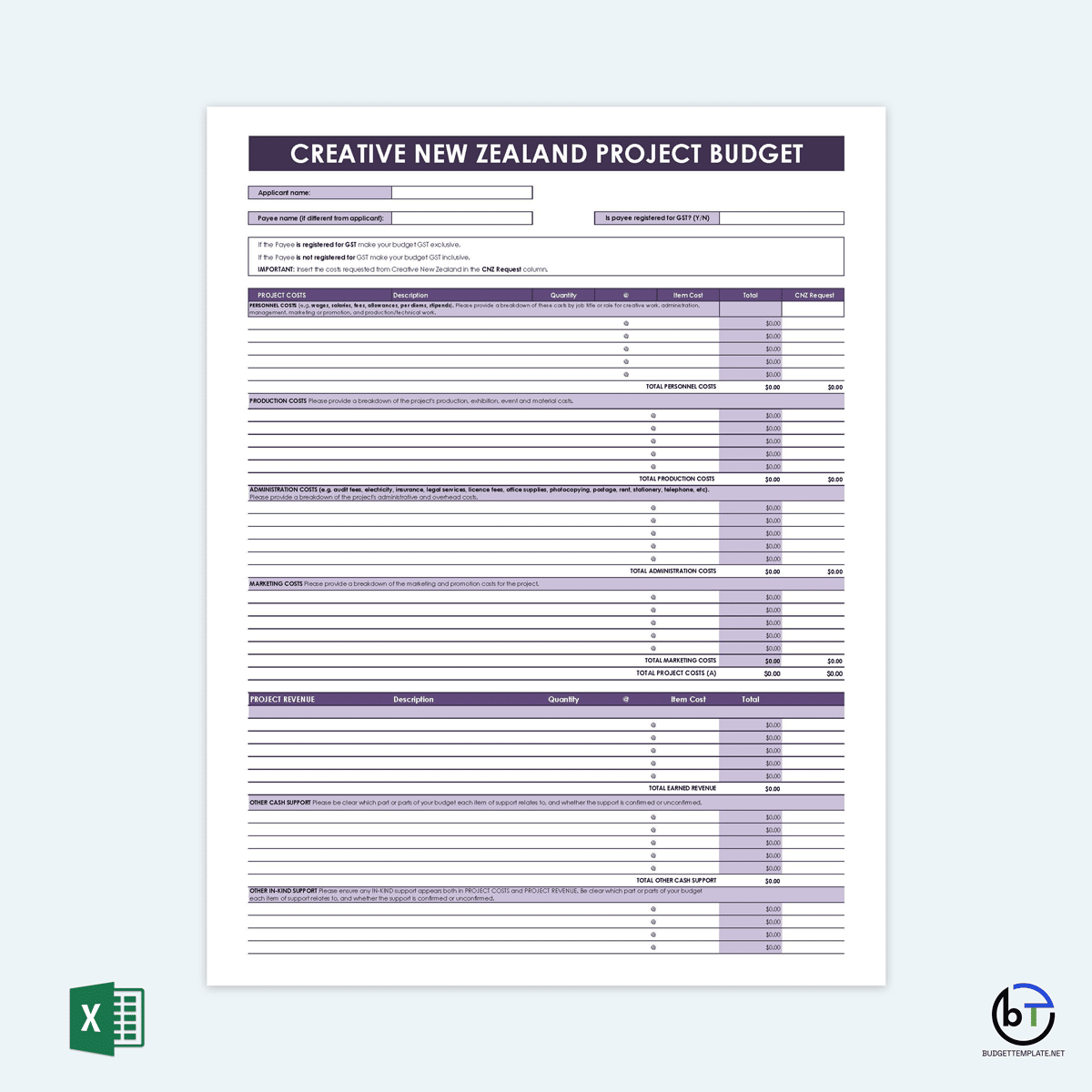
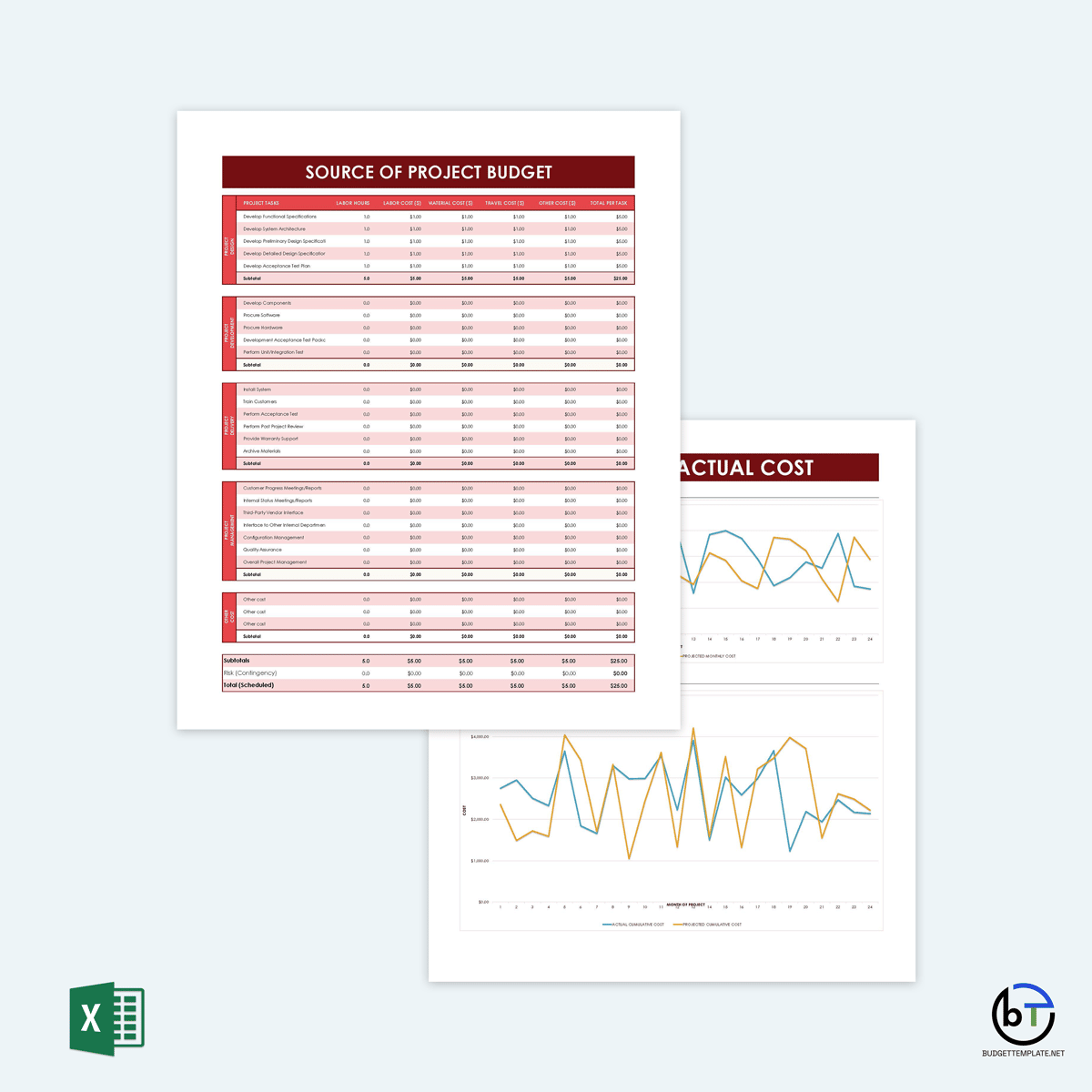
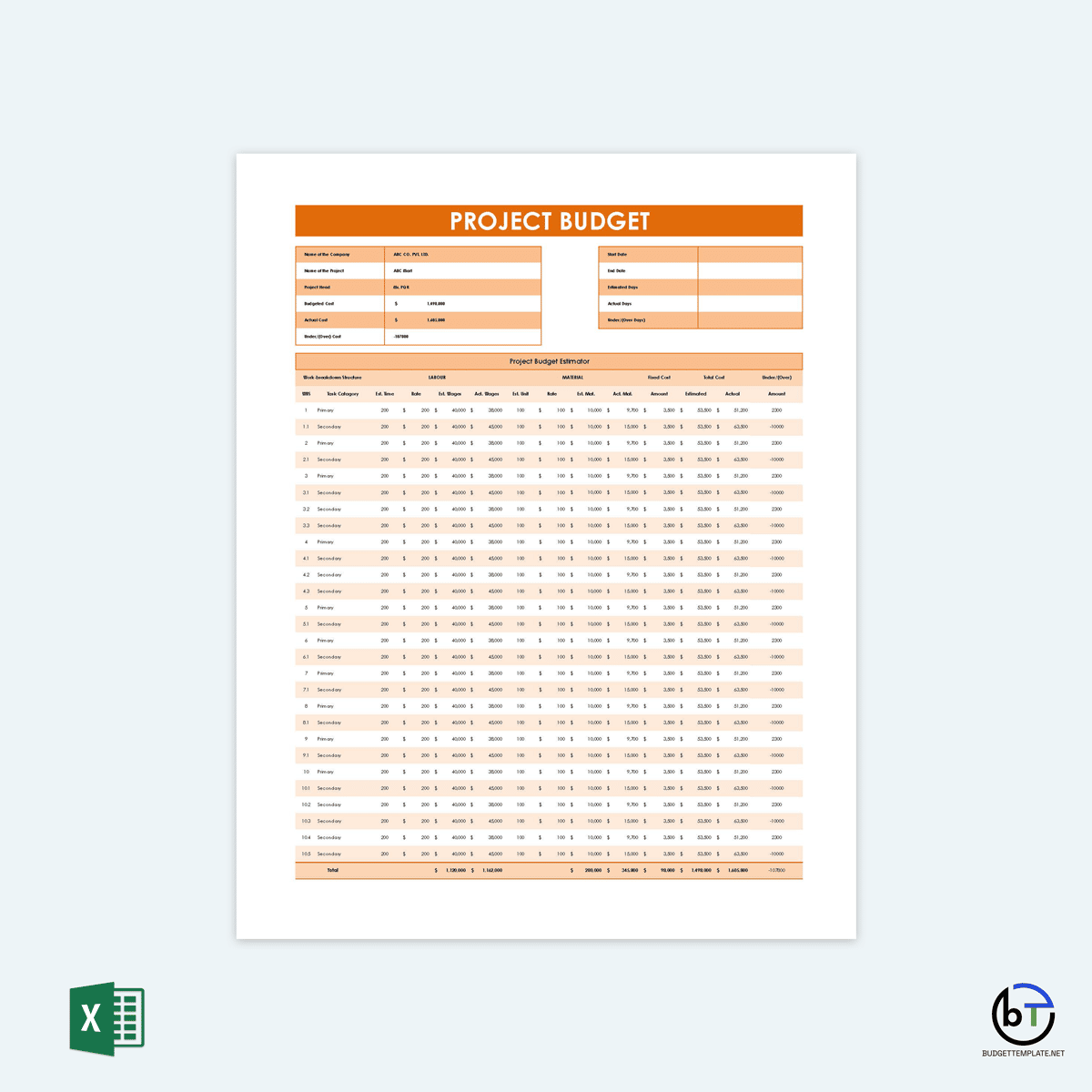
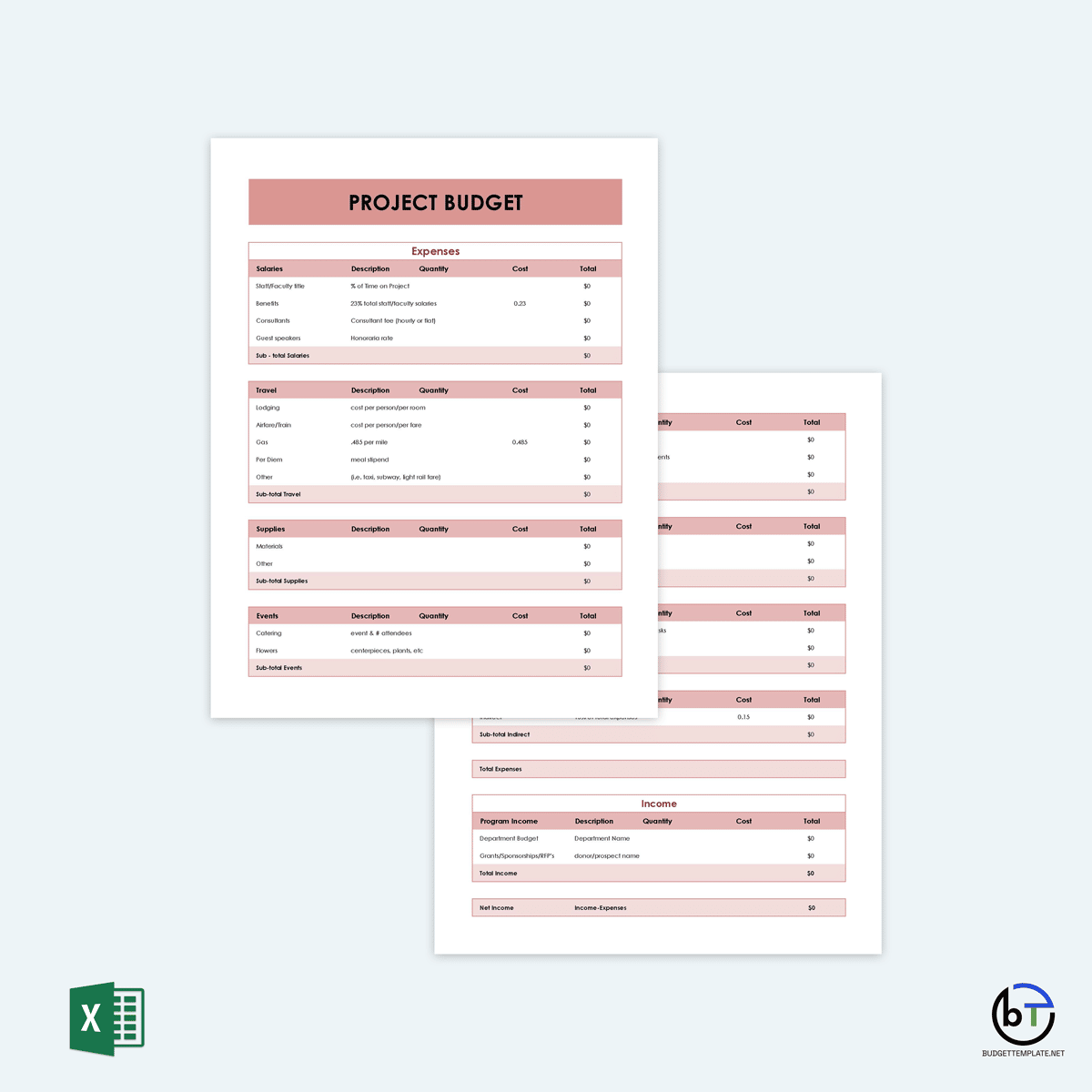
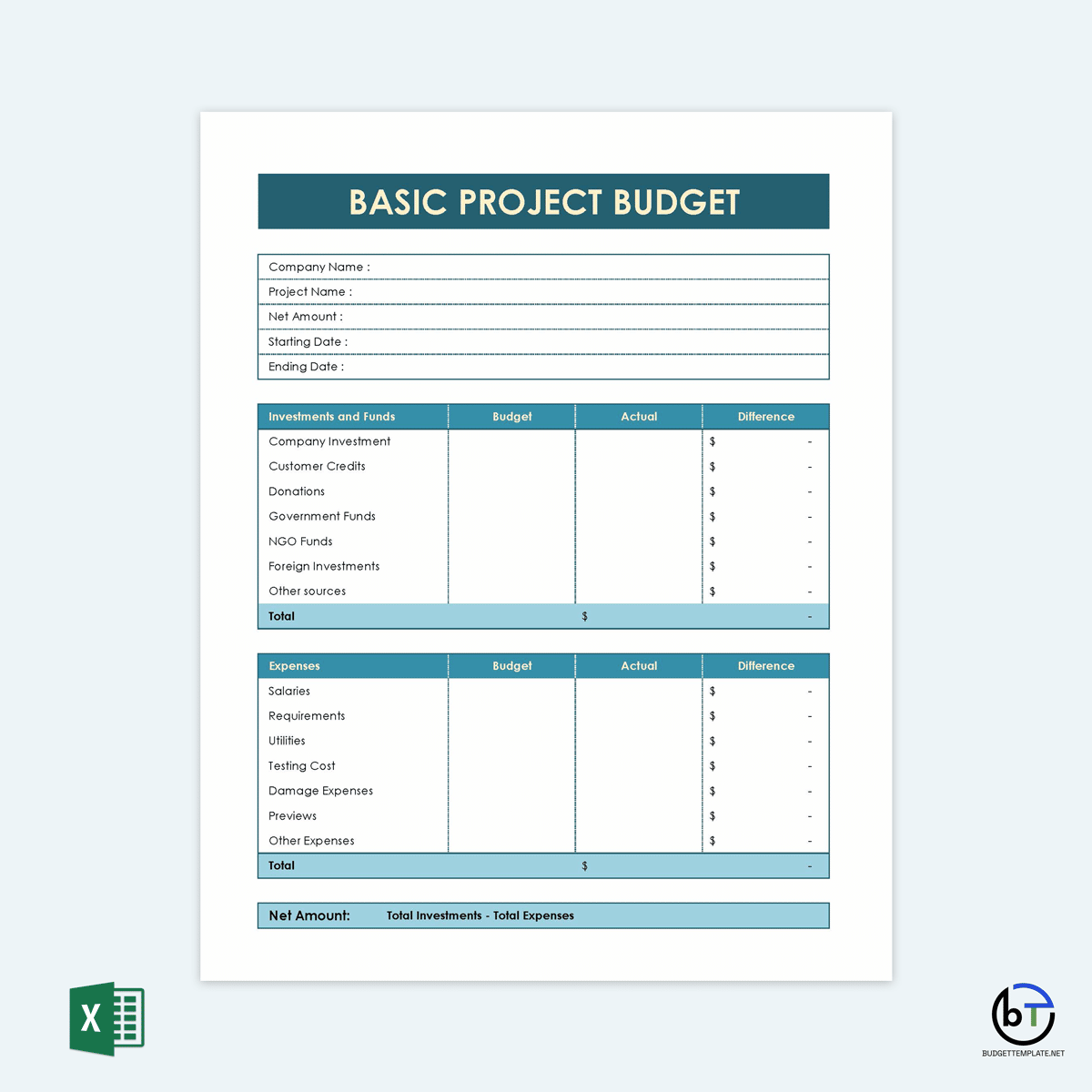
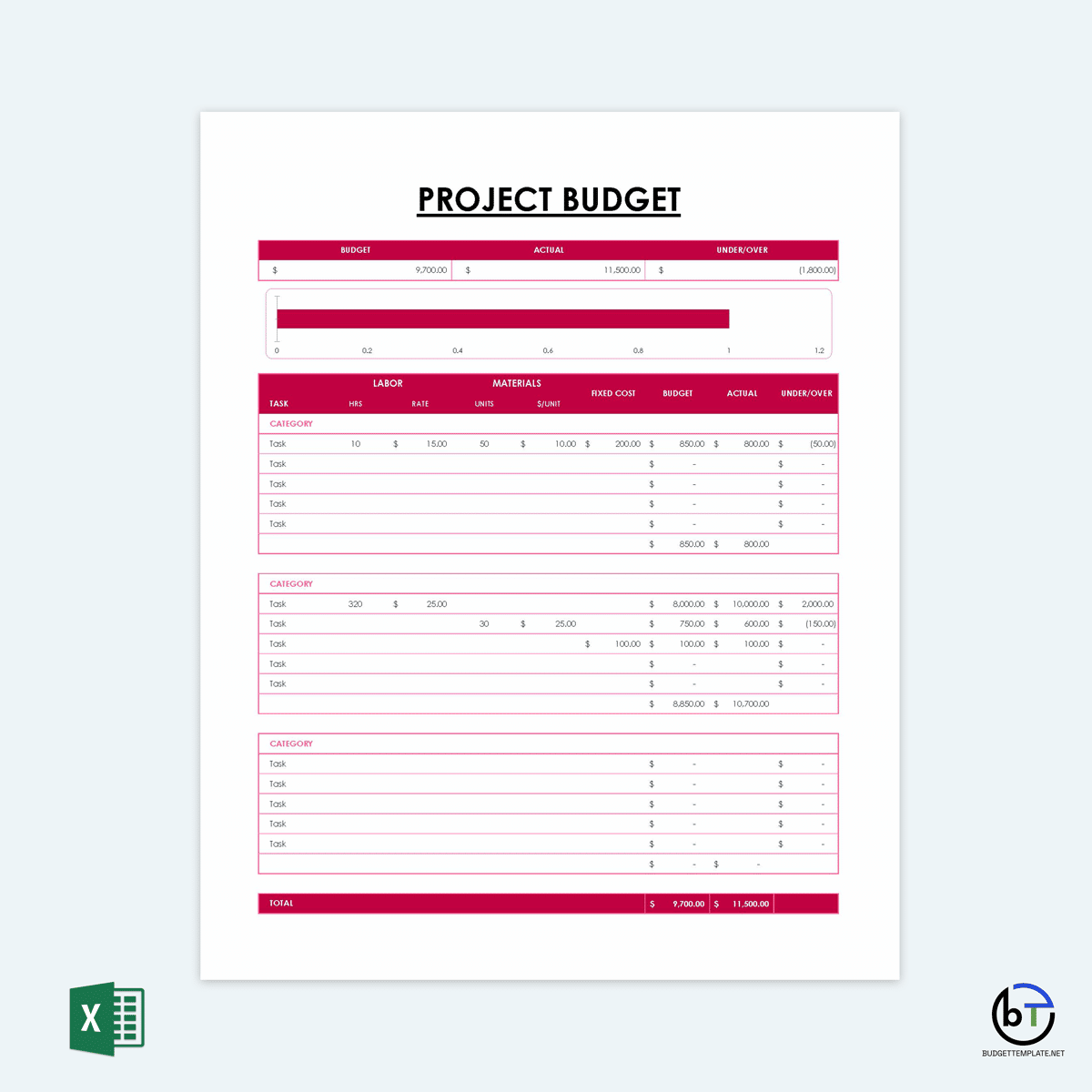
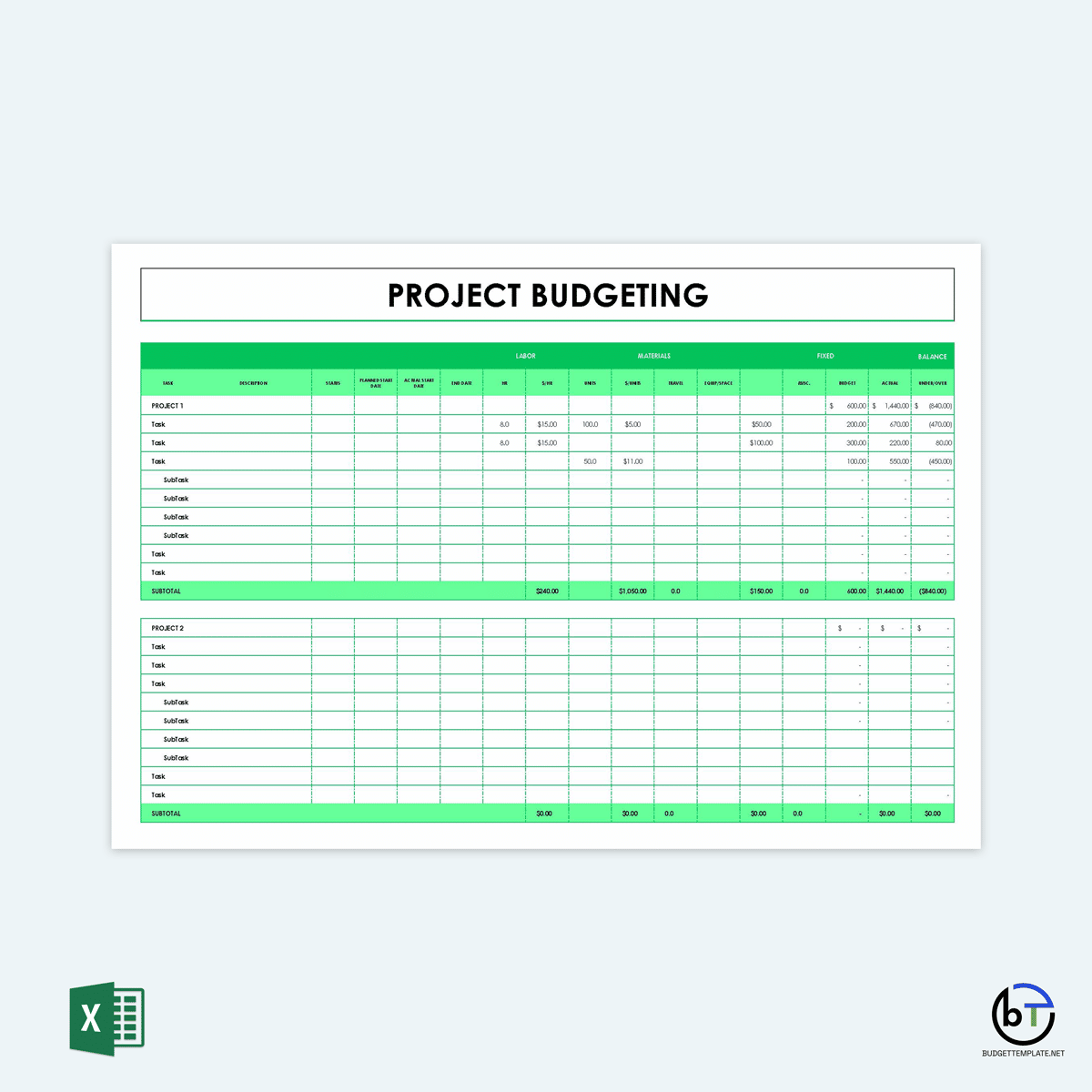
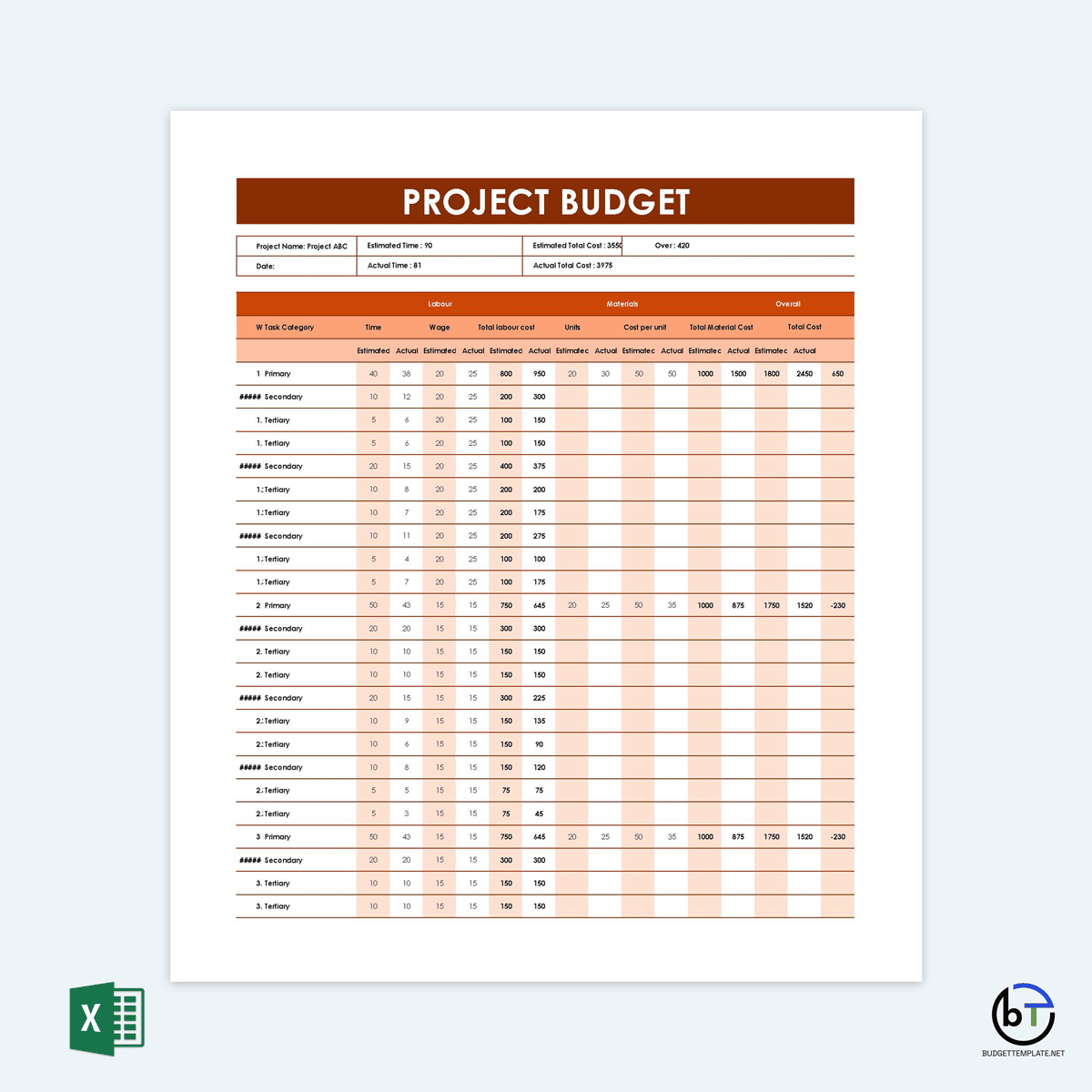
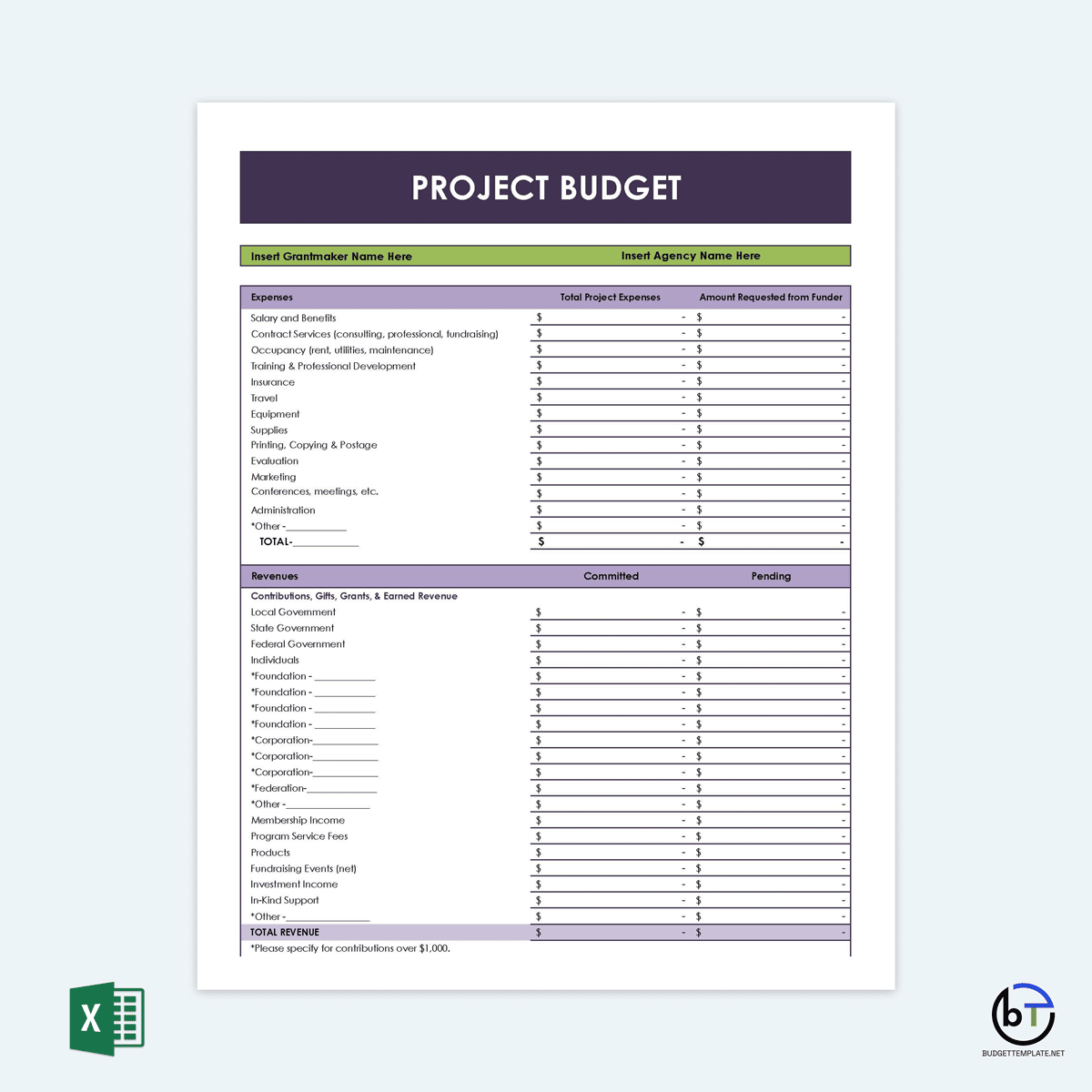
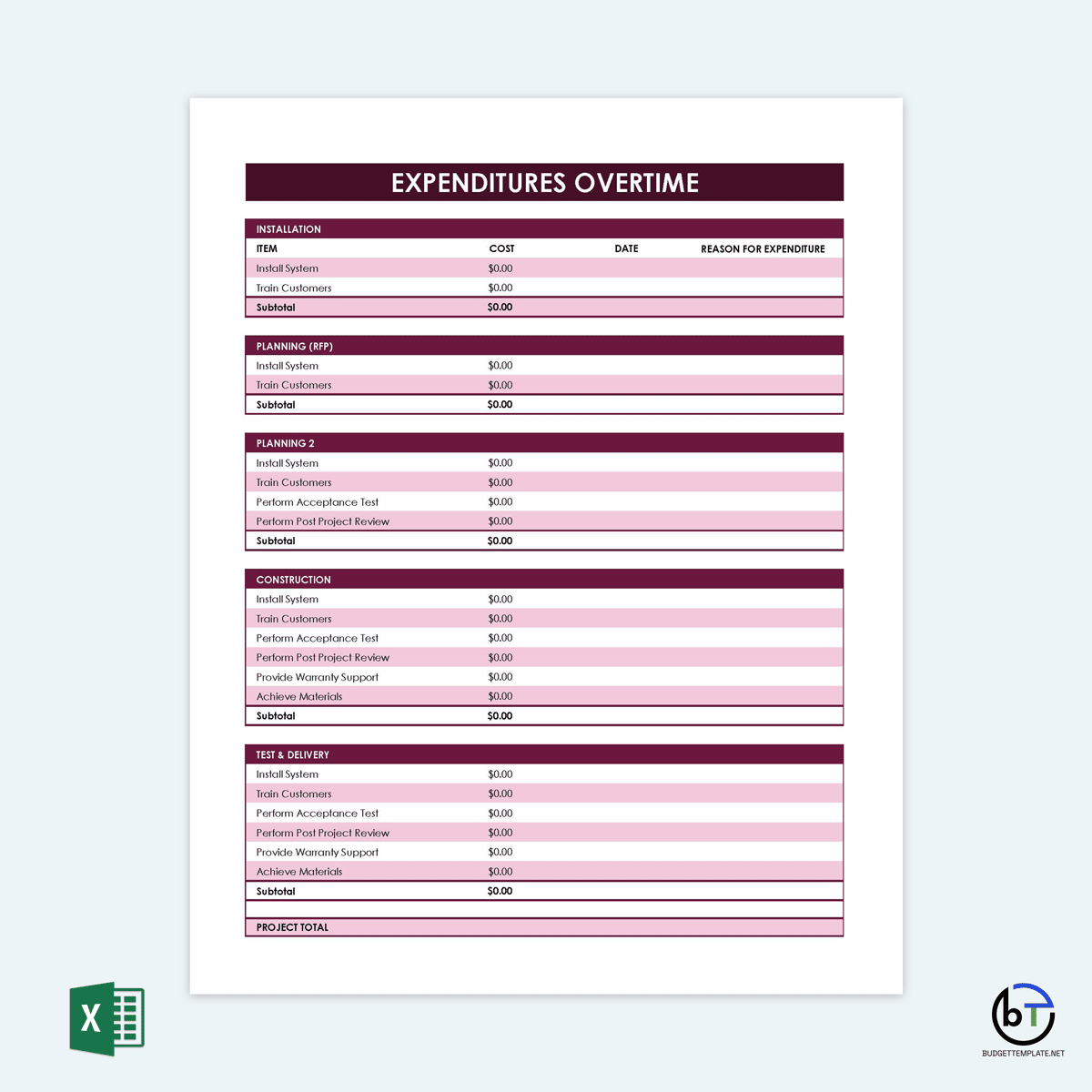
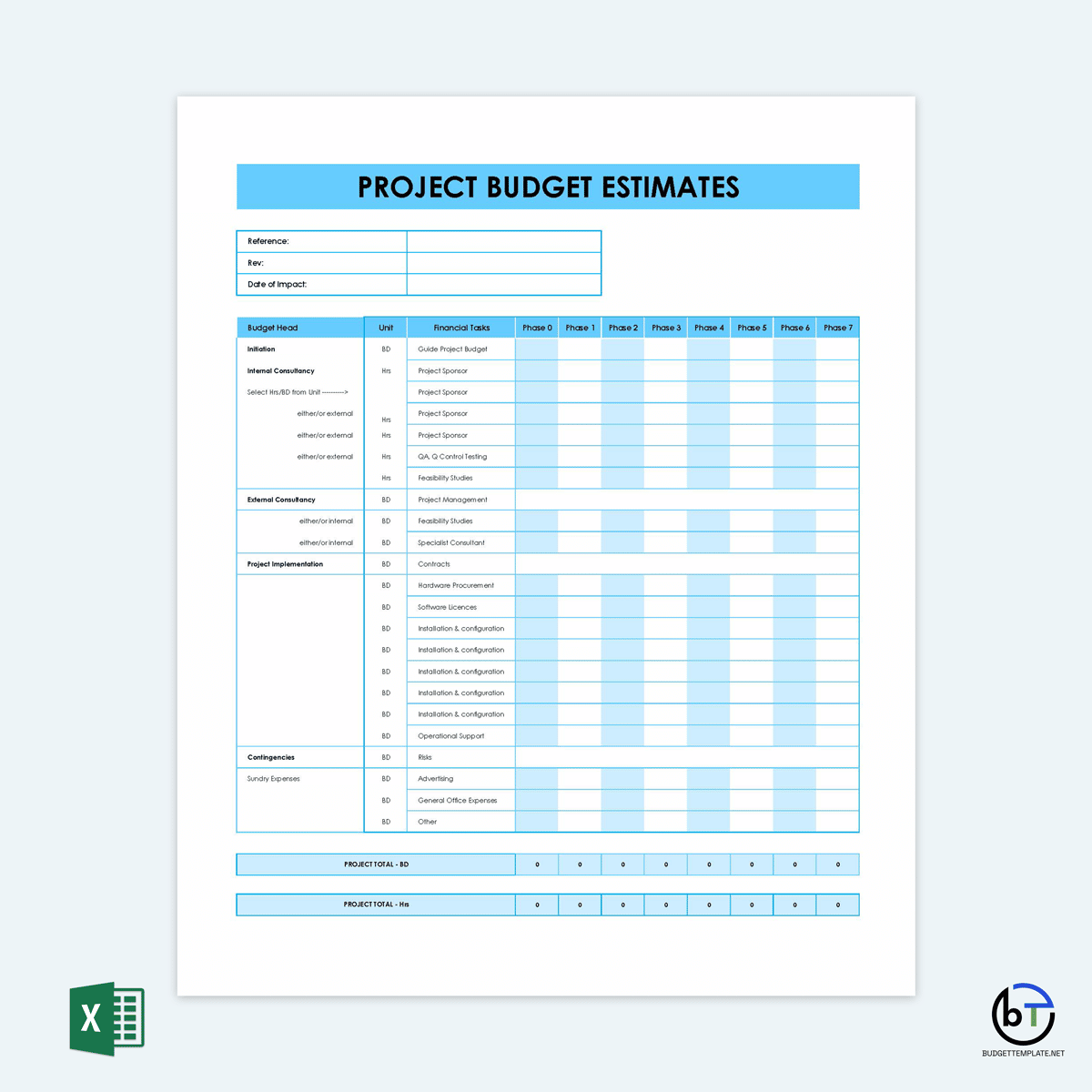
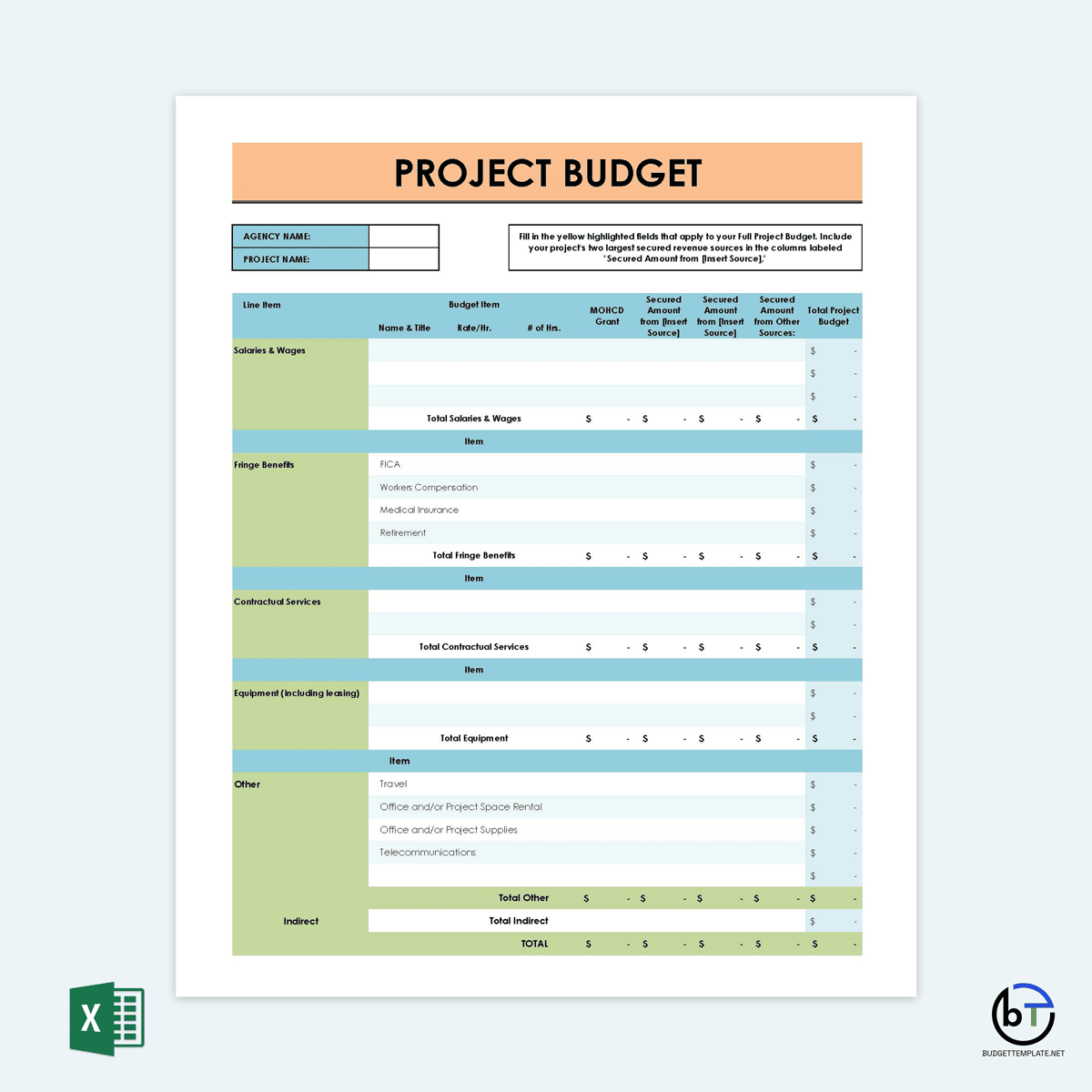
Do’s and Don’ts
There is no magic formula for creating a successful project budget. However, there are noteworthy things you can do and avoid when developing your budget to increase its relevance, quality, and effectiveness. These do’s, and don’ts are discussed below:
Do’s
- Add budget contingency: In general, budget contingency is the amount of money set aside to compensate for any unexpected financial losses caused by unavoidable changes in cost. Thus, always include this category in the budget template because there will always be unknowns when executing the project. The amount should be approximately 10% of the total budget.
- Divide the budget into proper time frames: Keeping track of your spending will require dividing the budget into different time frames. This can be weekly, bi-weekly or monthly. Time frames allow for consistent monitoring and evaluation of the budget.
- Involve others: The project budget is developed by a team and should be updated by all stakeholders. This will ensure that all parties involved in the project have an updated copy. Therefore, the preparation and implementation of budgets are always collaborative efforts.
- Consider lag: There will always be a lag in disbursing funds and reporting financial data. This is because each project will usually have a unique finance reporting system. So, for example, there are times when money will not be disbursed as soon as it is needed, thus causing lag due to either a lengthy approval process or slow processing. Thus, it would be best to consider lag in the financial practices and reporting systems when preparing the budget.
- Update the budget in real-time: While implementing your project budget, ensure that you keep it updated in real-time. This can be done by updating the template with the actual amount of money that has been spent on each project activity or activity task.
Don’ts
- Forgetting to include tax: When creating your project budget template, remember to include everything down to the tiniest detail. This includes tax. Always check if quotes from suppliers have accounted for tax and if not, include it in the budget as a cost. Including tax gives a better sense of the actual costs of supplies and project requirements.
- Scheduling team at 100% availability: Even though ideal, your workforce will never be 100% available throughout the project cycle. This is due to unavailability due to sick days, training, lunch breaks, team meetings, etc. As a result, an 8-hour workday does not translate to 8 billable hours. So, schedule your budget at 80% availability to get a realistic figure for labor costs.
- Not updating figures:It is essential to update the most accurate costs as the new information comes in. For example, if a new vendor has quoted a price for supplies, update the budget to reflect this figure. Then, after a certain period, these figures can be used to determine the actual operating costs for the project, which can be used to revise the budget and get more accurate projections.
Frequently Asked Questions
Why do projects go over budget?
The simple answer is that many organizations are ill-prepared to budget for projects. Consequently, they either don’t have a budget template at all or if they do, it is not comprehensive enough and has zero contingencies for risk and uncertainties. Other factors that cause this include underfinancing, scope creep, unrealistic projections, underestimating the complexity of a project, unprecedented events, delays in the project schedule, and inexperience or incompetency in project managers.
What to do when a budget is over budget?
The simplest way to rectify this situation is to ensure you understand the causes of over-budgeting and have developed a more robust and comprehensive budget for the project. One way is to be conservative with your projections by cutting back on the project’s scope, reviewing your management controls, and making sure that your expectations are realistic. Additionally, you can request more funding, identify ways to offset expenditures, reassign tasks to more affordable resources, and effectively utilize the contingency fund.









